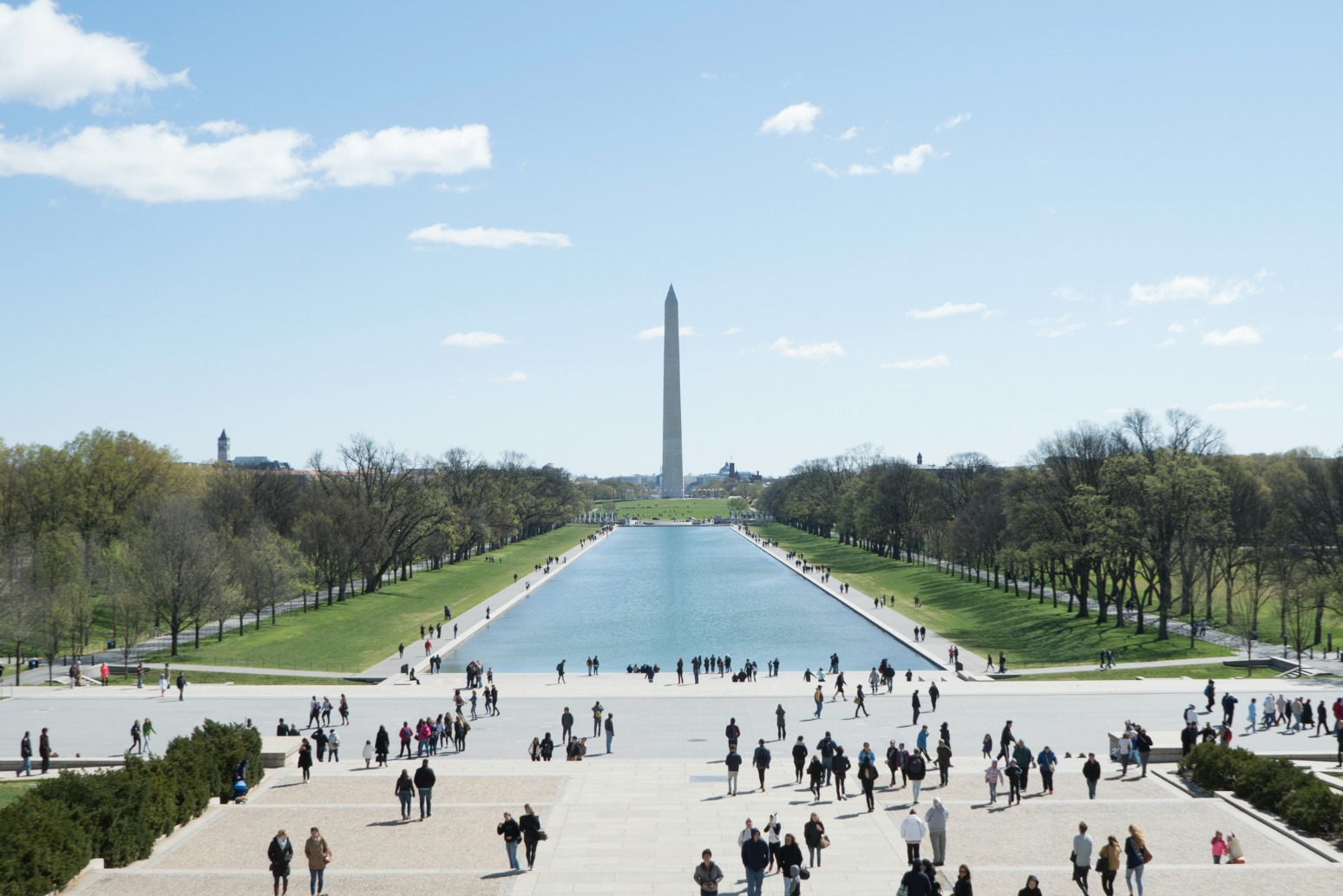Magazines come in all shapes and sizes, including local, regional, national and international. While Hollywood usually depicts starlets working for the biggest names in the industry (think: “A million girls would kill for that job,” in The Devil Wears Prada), there is no shortage of great reporting and unique opportunities at smaller publications. If you’re interested in going local, here’s what you need to know
1. Being a local helps
Most people who work at a local magazine are from around the area. This doesn’t mean each employee was born and bred in a 20-mile radius, but it’s likely a lot of them were. Those who aren’t native to the city have likely settled there or are at least familiar with the area. It makes sense that local publication would staff its office with people who know the area well: they’re likely the ones most passionate about the magazine’s coverage. This doesn’t mean local publications aren’t diverse. “We’re all from different parts of the area and different ages,” says Lauren Bell, the style editor at Baltimore magazine. “So I still feel like I’m learning about the city.” If your sites are set on Texas Monthly, but you’re from Chicago, don’t dismay: just be prepared to work extra hard. Haley Phillips came to D.C-based magazine Washingtonian from Charleston.“I don’t have the kind of contacts that someone who has lived here for ten years does,” she said. “But that means I also have a fresh set of eyes that allow me to see things differently than other people here.
2. The magazine is an important part of the city.
People are fiercely attached to the publication that represents their hometown. “Everywhere you go, people know what Washingtonian is,” Haley says. “They have a sense of ownership over it.” As a result, local magazines have an essential contract with their readers: they must deliver a product that captures the spirit of where they live. Sometimes, this deal can be difficult to uphold. Lauren, for example, has found it challenging to portray Baltimore in a positive light recently. “Since last year, it’s gotten more rare to read good things about Baltimore” she said. “But we make such a big effort to highlight the good stuff, because there are so many great things happening.” For the most part, representing an entire locality is rewarding. “I’m connected with the neighborhoods I write about,” says Stefanie Gans, the dining editor and restaurant critic at Northern Virginia magazine. “Working here is a great way to give back to the community and be a part of what you’re writing about.”
3. They’re not that different than national magazines
Despite smaller circulations, day-to-day tasks don’t vary too much from those at national magazines. Reporting is more likely to be done in person (Stefanie does as much reporting away from her desk as she can) and editors might contribute to multiple sections of the magazine, but the basics are the same. There are ideas to be pitched, photo shoots to be planned and public relations reps to work with. In other words: the same skills are required at magazines big and small. Don’t think you can slack off because you’re reaching a smaller audience. In the journalism industry, it’s about quality not quantity.
4. But the team is probably smaller
Your local publication probably gets published with less manpower than Vogue. This means editors probably contribute to various sections of the magazines (the style editor might write a health article, for example) and that you’ll get to know your colleagues very well. Most local magazines won’t have editorial assistants to cover their phones or an entire team devoted solely to maintaining the website. When you start out, you’ll be expected to pitch in all around the office. You may work on the website one day and on the print book the next. When you do find your niche, you’ll be the only person covering it. Prepare to get very familiar.
“The editors who have been here the longest know this city like the back of their hand,” said Haley.
5. You’ll get a lot of experience quickly.
Perhaps the best part about starting out at a local publication: you get a lot of responsibility. Take advantage of it. Get to know your editors and other members of the team. You’ll probably get asked to go to events that editors can’t attend. Go for the free food and for the people you’ll meet who may become future sources. The newsroom is small, so make your voice heard. “If you make an effort to pitch your ideas, you’ll get noticed,” said Haley. This strategy also worked for Lauren. After interning at Baltimore, she stayed in touch as a freelancer and was eventually asked to join the team.
For a deeper look inside the day in the life of a local magazine writer, follow Haley, Lauren and Stefanie’s social media handles. Haley is @wandertaste on Instagram and Twitter. Lauren is @laurenicole_ on Twitter. Stefanie is @gansie Twitter and Instagram.
Marisa is a current fellow at Washingtonian magazine. Follow her on Twitter (@marisahdunn) and Instagram (@_marisahill) and check out her website at marisahill.co.




